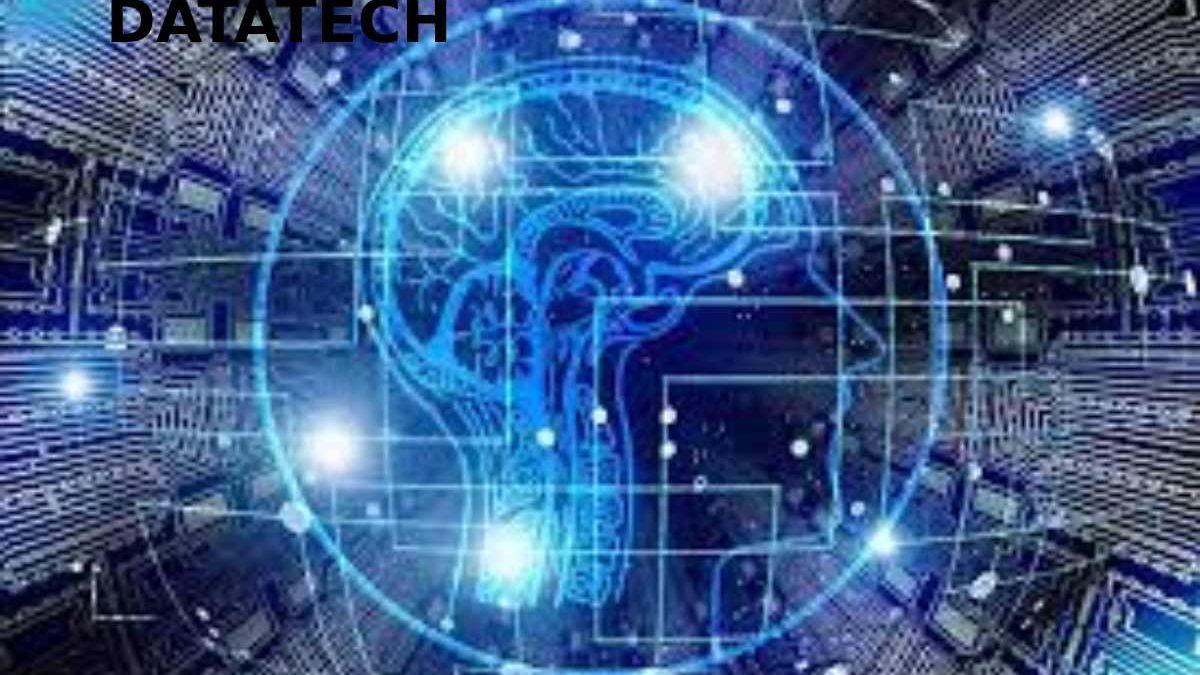Table of Contents
How Data And Technology Will Power The Megacities Of The Future
Data Technology What will cities look like in 2050 Will they be like those in South Korea, focused on a digital adaptation of existing society. Will they be similar to the spectacular new cities of Dubai or Singapore. Or will they be underground or under the oceans.
Today, innovative cities, such as Curitiba, in Brazil, are rethinking all public transport strategies while debating visions of autonomous vehicles and drones. The most basic infrastructure needs have always been focus on how people want to live and get around.
It’s also about how things move. expects e-commerce to grow 26% between 2016 and $ 2.4 trillion Globally in 2018, increasing pressure to upgrade roads, highways and port / airport infrastructure for vehicle use autonomous.
Add to that mix a myriad of technological disruptions, such as sensors, big data technology and the Internet of Things (IoT), that can help adjacent cities work together like the cogs of a larger machine.
Planners have taken into account the pressures of urbanization, often in areas with little space to Increase construction capacity or infrastructure.
An alternative is to analyze the data collected to Determine how to densify the population corridors between neighboring cities, with public transport Creating mega-regions that could easily house millions more. Some Wearables are there.
The challenge for cities around the world is: How to grow? How to operate and transform simultaneously?
Data and the megalopolises of the future
Neighboring cities come together in their common infrastructure and the mutual impact of their economies. Power lines, roads, traffic, water systems and security don’t stop at city limits, and municipalities are facing transformation at an unprecedented rate. As a result, there is a lot of debate about who decides which way to go and what it looks like.
When it comes to designing infrastructure, one thing is certain: Big data collected via IoT will play a key role in the growth of mega-cities by 2050.
Big data is all the information that surrounds us and is collect in various streams. Says Steph Stop , business development manager for smart cities at Black & Veatch. “If you use a metro card to take the metro, the system knows when you’ve entered. Where you’ve gone and which route you’ve taken.
How is this useful? Because it helps you recognize if the metro service is working. Was it successful? Yes It was, you will do it over and over again. This is an example of using data to observe the movement of people, creating smarter mobility. ”
However, not all data is easily translated into useful or accurate information. To cope with the changing urban landscape, information itself must be seen as a form of infrastructure And also, which can be used for better planning to connect cities within a larger system.
The starting point is people, not technology. Planning, design and investment decisions, as well as supporting policy formulation, can be informed and accelerated through visualization, simulation and analysis of infrastructure.
The emergence of big data and advanced modeling technologies make it possible to plan. And prioritize infrastructure investments with greater foresight. Better communicate potential outcomes and achieve better results.
Creating smart cities
cities means more than using IoT to optimize services or communicate information to residents. It should be a construct used to frame local government decision making around city transformation. While 2050 seems far away, but for existing cities that need to keep functioning while transforming. And competing with new cities, that date seems closer. Cities must evolve in order to develop in a sustainable manner; improve resilience; meet the growing expectations of citizens; and attract investment, startups and talent. The good news is that data and technology will improve work and life by creating a well-connected community. And we know some information about Botnet.


